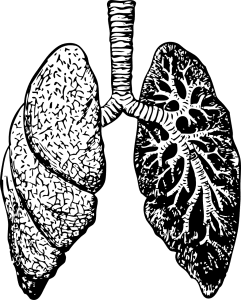The Centers for Medicare and Medicaid Services (CMS) announced on February 10th that it will be expanding Medicare coverage for lung cancer screening. The new coverage will expand lung cancer screening in the private market, extending access to low-dose computed tomography (CT scanning) for Medicare patients, in order to align with current recommendations.
What Is The Expansion?
More people in the United States die from lung cancer than from any other type of cancer, so in an attempt to save more people, Medicare will now make it easier to get screened for this deadly disease. Medicare beneficiaries will now have expanded access to low-dose CT scanning, a special type of CT scan screening that uses computers to generate high quality images of the lungs in order to detect abnormalities. Low-dose CT scanning is the recommended screening for lung cancer, and now beneficiaries can get it:
- Starting at the age of 50, instead of 55
- Even if they show no sign of cancer
- If they have a history of tobacco use (20 packs of cigarettes a year)

- If they are current smokers
- If they are former smokers who have quit within the past 15 years
Why The Expansion?
As we mentioned above, lung cancer is the deadliest cancer in the U.S. It is also the third most common type of cancer overall. The American Cancer Society estimates that in the United States in 2022 there will be:
- Around 236,740 new cases of lung cancer (117,910 in men and 118,830 in women)
- Around 130,180 deaths from lung cancer (68,820 in men and 61,360 in women)

Not only that, but lung cancer mainly occurs in older people, with most people receiving their diagnosis at age 65 or older; the average age when diagnosed is about 70. For this reason, it is especially important that Medicare encourages lung cancer screenings to help with early detection, and expands access to them for as many people as possible.
“Expanding coverage broadens access for lung cancer screening to at-risk populations,” Lee Fleisher, MD, chief medical officer and director of the Center for Clinical Standards and Quality at CMS, said in a press release emailed to HealthPayerIntelligence. “Today’s decision not only expands access to quality care but is also critical to improving health outcomes for people by helping to detect lung cancer earlier.”
The hope is that with this expansion, more people will get screened, so that more cases of lung cancer can be caught early – the earlier cancer is detected, the better the odds of beating it.




